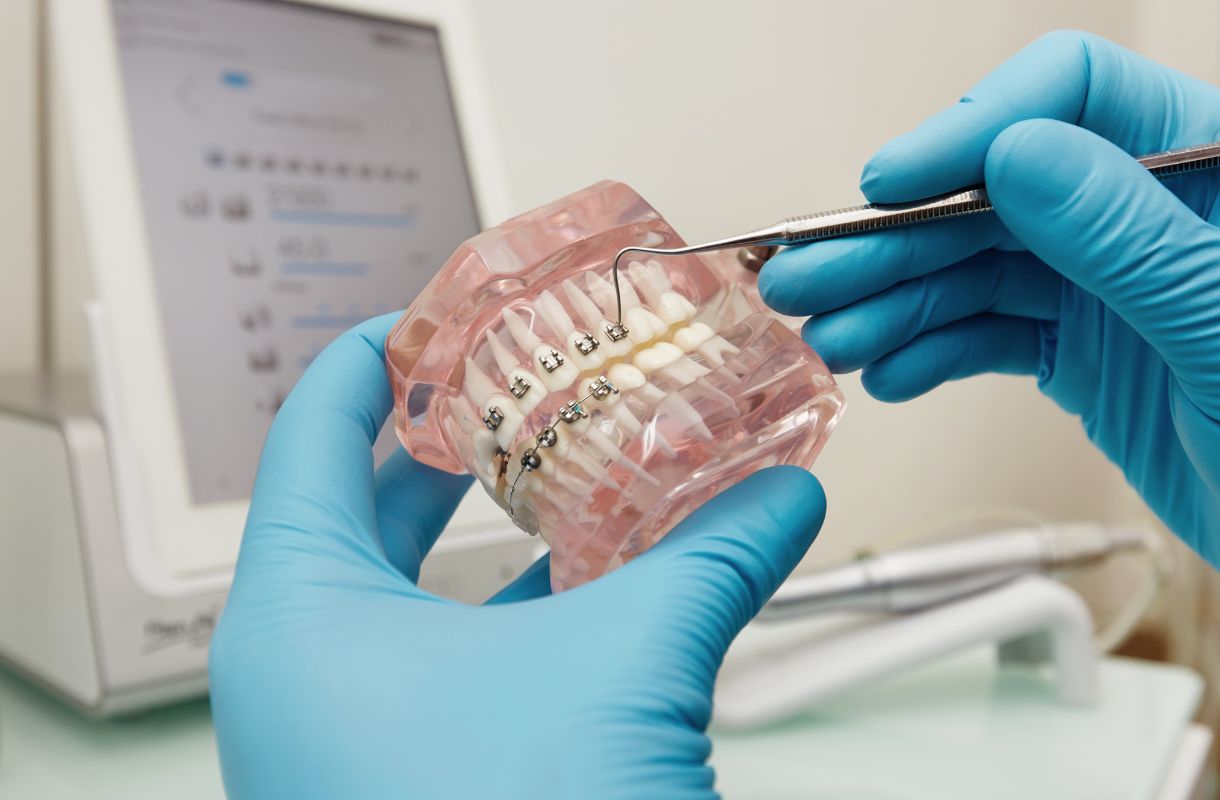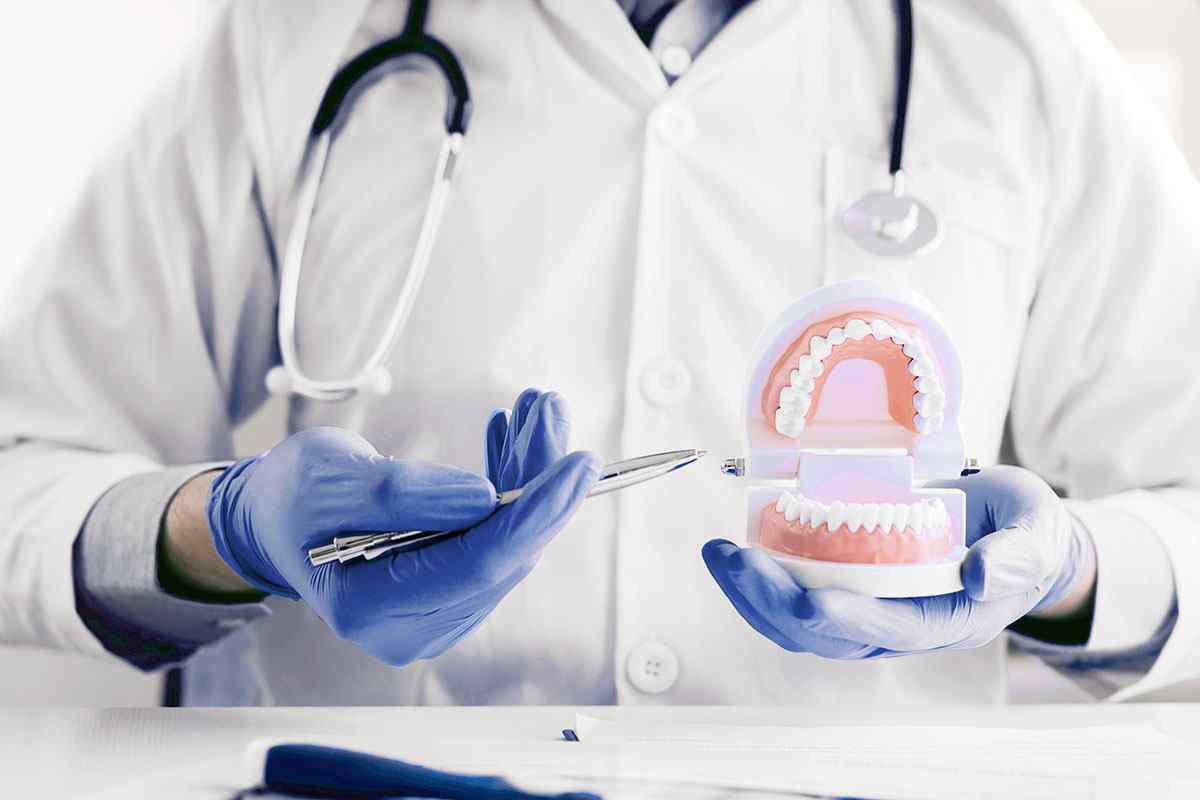What is
Bone Grafting?
Bone grafting is a surgical procedure used to repair and rebuild damaged or missing bone in the jaw.
This technique is commonly employed in dentistry to restore the foundation for dental implants or to correct defects caused by trauma, disease, or congenital conditions.
By grafting bone material to the affected area, dentists can stimulate new bone growth and create a stable base for future dental work.
Benefits of Bone Grafting
Bone grafting offers several advantages for patients seeking to improve their oral health:
- Supports Dental Implants: Bone grafting is often necessary to provide sufficient bone volume and density for successful dental implant placement.
- Prevents Bone Loss: After tooth extraction, bone grafting can help maintain the shape and volume of the jawbone, reducing the risk of future bone loss.
- Improves Facial Aesthetics: Restoring lost bone can help maintain the natural contours of the face, preventing a sunken or aged appearance.
- Enhances Oral Function: By rebuilding the jawbone, bone grafting can improve chewing ability, speech, and overall oral function.
Types of Bone Grafts
There are several types of bone grafts used in dentistry, each with its own advantages and considerations:
- Autografts: These grafts use bone harvested from the patient’s own body, typically from the chin, jaw, or hip. Autografts are considered the gold standard due to their excellent healing potential and low risk of rejection.
- Allografts: Allografts use bone obtained from a donor, either a human cadaver or a genetically engineered source. While they do not have the same healing potential as autografts, allografts are readily available and avoid the need for a second surgical site.
- Xenografts: Xenografts use bone material derived from animals, such as cows or pigs. These grafts are processed to remove all organic material, leaving only the mineral component behind.
- Alloplasts: Alloplasts are synthetic bone graft substitutes made from materials like calcium phosphate or hydroxyapatite. They are biocompatible and can be customized to specific shapes and sizes.
The Bone Grafting Procedure
The bone grafting procedure typically involves the following steps:
- Anesthesia: Local anesthesia is administered to numb the surgical area, ensuring patient comfort during the procedure.
- Incision: The dentist makes an incision in the gum to expose the underlying bone.
- Bone Preparation: If an autograft is used, the dentist will harvest bone from another area of the patient’s body. For other graft types, the material is prepared for insertion.
- Graft Placement: The bone graft material is carefully placed into the defect or extraction site, and secured with sutures or a membrane if necessary.
- Closure: The gum tissue is closed with sutures, and a protective dressing may be placed over the surgical site.
Cost of Bone Grafting in India
The cost of bone grafting in India can vary depending on several factors, such as the type of graft used, the complexity of the procedure, and the location of the dental clinic. On average, the costs are as follows:
- Autografts: ₹20,000 to ₹50,000
- Allografts: ₹7,000 to ₹40,000
- Xenografts: ₹3,500 to ₹30,000
- Alloplasts: ₹8,000 to ₹25,000
These estimates can vary significantly, so it is essential to consult with a qualified dental professional for a personalized assessment and cost estimate.
FAQs
How painful is a jaw bone graft?
While some discomfort is normal, the procedure is typically painless due to anesthesia. Post-operative pain can be managed with medications and usually subsides within a week or two.
How long does it take for a jaw bone graft to heal?
The healing process can take several months, with the initial phase complete within 4-12 months as the grafted bone integrates with the existing bone.
Is bone grafting safe?
Bone grafting is safe when performed by a qualified professional. Complications are rare but can include infection, nerve damage, or rejection. Patients with certain medical conditions may have an increased risk.
Do bone grafts need stitches?
Yes, bone grafts typically require stitches to close the surgical site and promote proper healing. The stitches may dissolve on their own or need to be removed by the dentist.
How long does it take for a jaw bone graft to heal?
The healing process can take several months, with the initial phase complete within 4-12 months as the grafted bone integrates with the existing bone.
Oral and Maxillofacial Surgery
Get In Touch With Us
Call us
+91 9676100045 - Punjagutta
+91 7702425551 - Hitech City
+91 7702425551 - Hitech City
Email us
reception@smiline.com
Book An Appointment
Book a visit to Smiline, simply fill out the form below and we will contact you back regarding the intervention you require.



